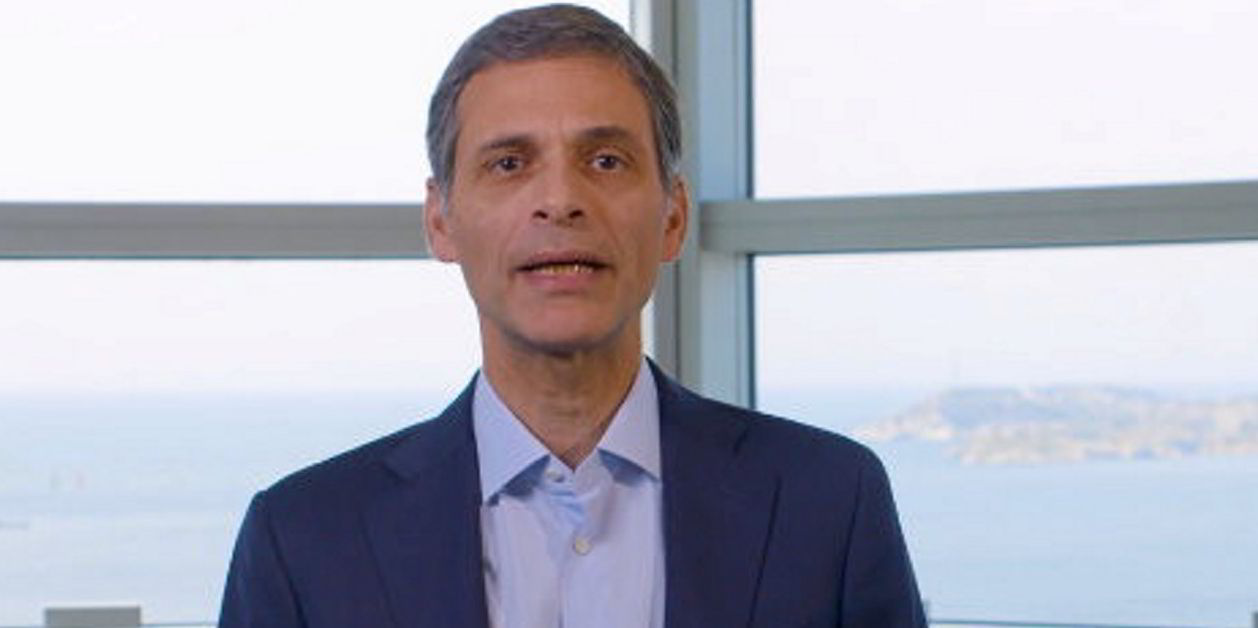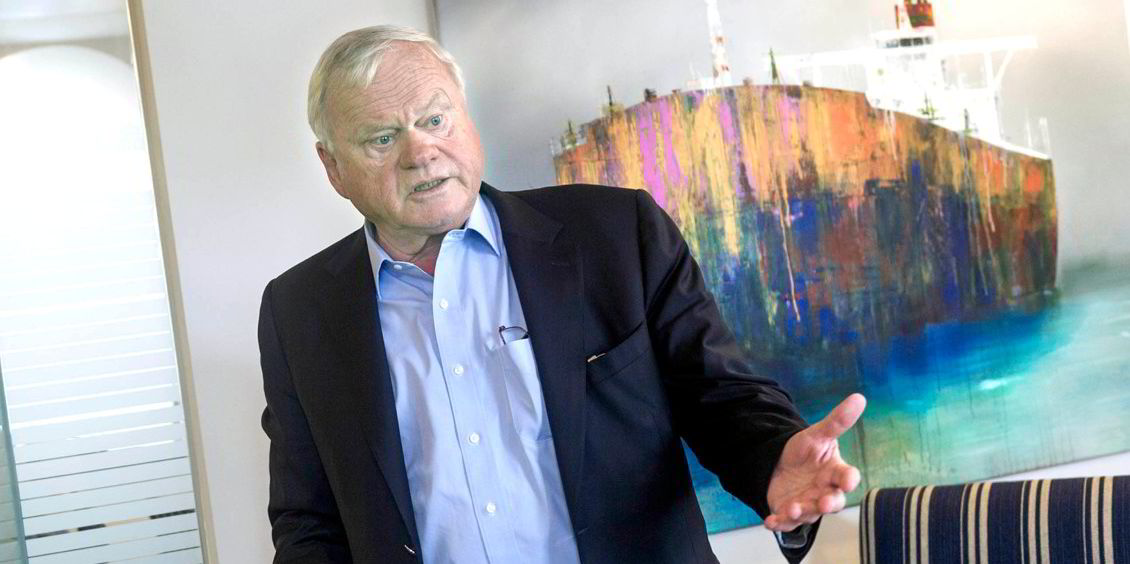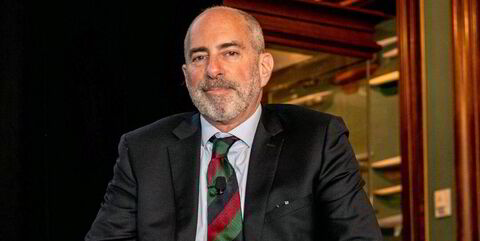The bubble has truly burst. A golden period of container shipping that brought massive corporate profits, significant payouts to staff and aggravation with the competition authorities has come to an end.
The sound of burst — not bust — came this week with China’s Orient Overseas Container Line (OOCL) reporting a near 60% fall in first-quarter revenues with freight rates on the transpacific trade particularly hard hit.
Parent group Cosco Shipping Holdings has reported a 74% collapse in profits over the same period, saying average freight rates were now down by 68% year on year.
Into this sea of downturn sails the world’s largest container ship — the 24,346-teu MSC Irina — taken delivery by Gianluigi Aponte’s MSC Mediterranean Shipping Company. Will this and other giants on the way produce much-needed economies of scale or turn out to be a white elephant?
The research arm of Clarksons is predicting an overall increase in global seaborne trade during 2023 for the shipping industry but containers will not join the party: liner volumes showed a marked decline in both January and February as the industry is suffering from the advantages it gained from port congestion, wider supply chain disruption and a post-Covid trade boom.
Analysts at the McCown Container Results Observer are now predicting that there will be an 80% collapse in net income for the boxship sector this year — down to $43bn from $215bn in 2022.
Last month, OOCL reported record annual profits of just under $10bn — well up on another record number at the time of $7bn during 2021 but believes the outlook is “mixed” rather than poor.
The company hopes the spate of newbuildings coming into the sector will be balanced against growth in scrapping and a need for “greener” vessels.
OOCL is itself still taking on new tonnage with 28 deliveries slated to be taken in over the next five years alone, while MSC — and its nearest rival CMA CGM — are both busy taking on new and secondhand ships.
Alphaliner believes MSC has taken on more than 300 secondhand vessels since August 2020, amounting to 1.2m teu. That does not look like a company that is preparing for the end of the party.
Meanwhile, Rodolphe Saade, the chief executive of France-based CMA CGM, was in China with Emmanuel Macron and personally signed a $3bn deal to build 12 methanol dual-fuelled container vessels, each of 15,000 teu.
The decline in the fortunes of the container sector has really been on show since the second half of last year, with MSC diving into the market partly to pick up discounted bargains.

The real boom for containers came in the second half of 2021 and then continued into the first six months of 2022, with freight rates between China and the US west coast hitting $20,000 per day per 40-foot equivalent unit at one stage. That compared with typical spot rates for that trade, which have traditionally remained below $3,000 per day.
The rate bonanza brought enormous profits but it also howls of “unfair” complaints from shippers that, in turn, goaded US competition authorities into action.
In recent weeks, details have emerged of a first-ever “show cause order” by the Federal Maritime Commission using new legislation from the Ocean Shipping Reform Act enacted last year asking MSC to explain how it justified a $1,000 congestion charge.
AP Moller-Maersk is also fighting off a shipper complaint in the US courts and trying to prevent the FMC from becoming embroiled in an alleged case of overcharging.
Last summer, the European Commission started its own probe into whether legislation that exempts liner operators from certain competition rules is working fairly.
These investigations will rumble on but the heat should be reduced as liner operators can show more normal trading conditions prevailing — and much lower profits.
That would also likely mean the end to one of the more benign elements of the past two years — the staff of shipping companies being handsomely rewarded for their efforts with big bonuses.
Last month, Taiwanese boxship operators became the latest to hand out more largesse: a second tranche of bonuses bringing the equivalent of five years’ pay to staff after record-breaking profits in 2022. We won’t be seeing more of those for a while.





